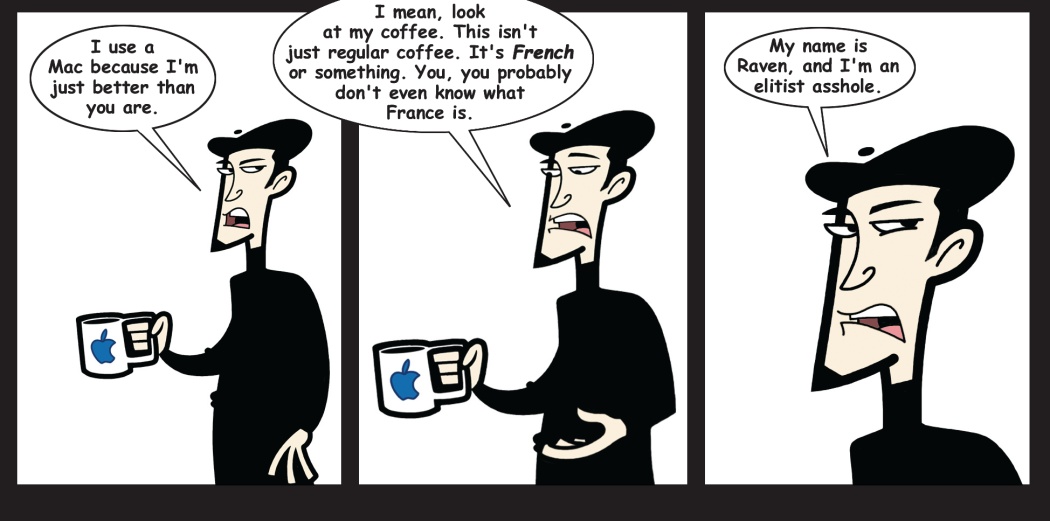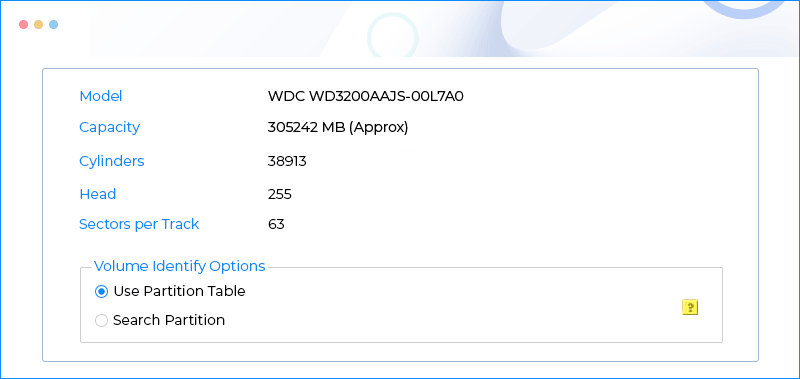Hijacking a Macbook in 60 Seconds or Less
Black Hat
If you want to grab the attention of a roomful of hackers, one sure fire way to do it is to show them a new method for remotely circumventing the security of an Apple Macbook computer to seize total control over the machine. That's exactly what hackers Jon "Johnny Cache" Ellch and David Maynor plan to show today in their Black Hat presentation on hacking the low-level computer code that powers many internal and external wireless cards on the market today.
The video shows Ellch and Maynor targeting a specific security flaw in the Macbook's wireless "device driver," the software that allows the internal wireless card to communicate with the underlying OS X operating system. While those device driver flaws are particular to the Macbook -- and presently not publicly disclosed -- Maynor said the two have found at least two similar flaws in device drivers for wireless cards either designed for or embedded in machines running the Windows OS. Still, the presenters said they ultimately decided to run the demo against a Mac due to what Maynor called the "Mac user base aura of smugness on security."
Black Hat
If you want to grab the attention of a roomful of hackers, one sure fire way to do it is to show them a new method for remotely circumventing the security of an Apple Macbook computer to seize total control over the machine. That's exactly what hackers Jon "Johnny Cache" Ellch and David Maynor plan to show today in their Black Hat presentation on hacking the low-level computer code that powers many internal and external wireless cards on the market today.
The video shows Ellch and Maynor targeting a specific security flaw in the Macbook's wireless "device driver," the software that allows the internal wireless card to communicate with the underlying OS X operating system. While those device driver flaws are particular to the Macbook -- and presently not publicly disclosed -- Maynor said the two have found at least two similar flaws in device drivers for wireless cards either designed for or embedded in machines running the Windows OS. Still, the presenters said they ultimately decided to run the demo against a Mac due to what Maynor called the "Mac user base aura of smugness on security."






Comment